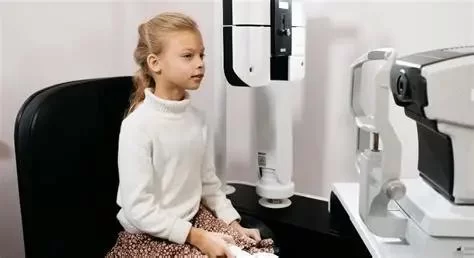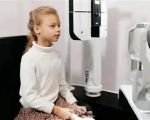
- 1 - What-is-Tele-Optometry
- 2 - Impact-on-Eye-Care-Access
- 3 - Technology-Driving-Tele-Optometry
- 4 - Real-World-Examples-of-Tele-Optometry-Success
- 5 - Challenges-and-Future-Trends
- 6 - How-to-Benefit-from-Tele-Optometry-Services
1. What Is Tele-Optometry and How Does It Work?
Tele-optometry is an innovative branch of telehealth that leverages digital technology to provide eye care services remotely. This approach allows patients to consult with optometrists, undergo eye exams, and receive prescriptions without the need to visit a physical clinic. Using video conferencing, digital retinal imaging, and specialized diagnostic tools, tele-optometry delivers comprehensive eye health assessments through a virtual platform.
Unlike traditional in-person visits, tele-optometry eliminates geographical barriers and makes eye care accessible to individuals in remote or underserved areas. This advancement is particularly important given the rising global demand for eye health services combined with a shortage of optometrists in many regions.
2. The Impact of Tele-Optometry on Improving Eye Care Access
2.1 Expanding Reach to Rural and Underserved Communities
One of the most profound effects of tele-optometry is its ability to bring quality eye care to communities lacking local optometrists. For example, residents in rural areas can now receive timely eye exams and follow-up care without traveling long distances, which historically posed significant obstacles.
2.2 Convenience and Reduced Waiting Times
Tele-optometry also offers unmatched convenience. Patients can schedule appointments flexibly, often receiving results and recommendations faster than through traditional clinics. This efficiency helps catch eye conditions early and reduces the risk of vision loss.
2.3 Cost-Effectiveness
By minimizing the need for physical office visits, tele-optometry lowers costs for both providers and patients. This affordability makes routine eye care more attainable for a broader population.
3. The Technology Behind Tele-Optometry
The success of tele-optometry relies on several key technologies. High-resolution digital retinal cameras capture detailed images of the eye, which are then transmitted securely to optometrists for analysis. Advanced software enables eye health monitoring and diagnosis remotely.
Artificial intelligence is increasingly integrated to assist with identifying common eye diseases such as glaucoma, diabetic retinopathy, and macular degeneration. These AI-powered tools support optometrists by enhancing diagnostic accuracy and speeding up the evaluation process.
Moreover, smartphone-based apps and portable devices are making tele-optometry even more accessible, allowing patients to perform some self-assessments under professional guidance.
4. Real-World Success Stories of Tele-Optometry
Consider the story of John, a farmer living hundreds of miles from the nearest eye clinic. With tele-optometry services, John underwent a comprehensive eye exam via a mobile eye care unit equipped with digital tools. His condition was diagnosed early, and treatment began promptly without the stress and expense of long-distance travel.
Healthcare systems worldwide are adopting tele-optometry to tackle barriers intensified by the COVID-19 pandemic. Clinics that quickly implemented virtual eye care reported sustained patient engagement and improved follow-up rates, illustrating the model's practical benefits.
5. Challenges and Future Trends in Tele-Optometry
5.1 Addressing Technical and Regulatory Barriers
Despite its promise, tele-optometry faces challenges such as limited broadband access in some rural areas and regulatory complexities regarding cross-state licensing. Overcoming these issues is critical for broader adoption.
5.2 The Growing Role of AI and Wearable Devices
The future of tele-optometry is bright with continued innovation. Wearable eye monitors and enhanced AI diagnostics will likely provide even more personalized and continuous eye care, helping prevent diseases before symptoms arise.
5.3 Integrating Tele-Optometry with Traditional Care
Rather than replacing in-person visits, tele-optometry is expected to complement traditional care, creating a hybrid model that maximizes patient convenience and clinical effectiveness.
6. How to Benefit from Tele-Optometry Services Today
Patients interested in tele-optometry should start by exploring trusted providers offering certified remote eye exams and consultations. Eye Docs specializes in providing high-quality tele-optometry services, connecting patients with experienced optometrists through secure virtual platforms.
By leveraging tele-optometry, you can maintain regular eye health check-ups, access timely advice, and obtain prescriptions conveniently—all from the comfort of your home. This modern approach is reshaping eye care access and making vision health more inclusive than ever.








